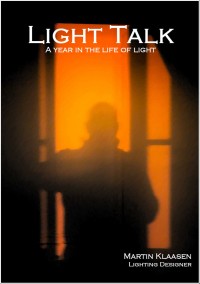The economics of dimming
Australia, 4th March 2010
Today I would like to highlight the importance of applying dimming control systems in our projects. We often focus on energy saving purely from the point of view of the actual light source itself when we compare halogen lighting to equivalent LED lighting for instance and then calculate the return on investment to justify the difference in capital costs. Generally professional clients such as hotel operators and developers will consider the extra investment if it is recovered inside 2-3 years, some even accepting 5 years.
With even more pressure now put on lighting designers to further reduce the energy consumption (and related carbon emissions…) we find ourselves studying further ways to do so and dimming control is definitely one of them. In summary, the more you use dimming control systems the more energy can potentially be saved and the shorter the return on investment. Considering that dimming installations can be quite costly (like U$ 50 to 100,000 for a decent size/star hotel), showing the client that the additional investment can pay off sooner rather then later is very important to get the client on our side.
Dimming helps in several ways. We can adapt artificial lighting levels to daylight situations and we can program lights to be off when not needed. A study by Lutron showed that dimming lighting levels by 20% can already achieve a return on investment within 2-3 year. Increasing dimming levels further and switching of lights were not required will improve these figures even further.
With our focus turning more and more towards reducing the environmental impact of lighting, dimming and managed lighting control will more and more become an important and integral part of our lighting design considerations in time to come.
PS: I would like to acknowledge Lutron for providing some “facts and figures” on the economics of dimming.

 The long awaited book compilation of Martin's first year of blogging is available. Order now.
The long awaited book compilation of Martin's first year of blogging is available. Order now. Feedspot Top 100 Lighting Blogs
Feedspot Top 100 Lighting Blogs
Comments (3)